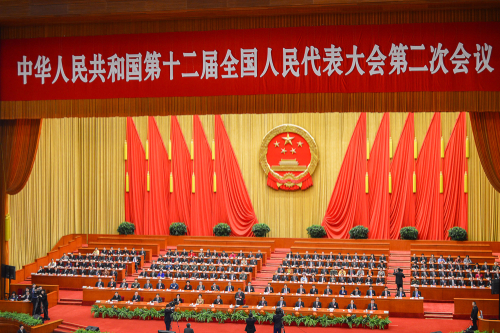
Asia | China | Emerging Markets | Politics & Geopolitics

Asia | China | Emerging Markets | Politics & Geopolitics
This article is only available to Macro Hive subscribers. Sign-up to receive world-class macro analysis with a daily curated newsletter, podcast, original content from award-winning researchers, cross market strategy, equity insights, trade ideas, crypto flow frameworks, academic paper summaries, explanation and analysis of market-moving events, community investor chat room, and more.
After the economy made a brief recovery during May and June, data of the last few weeks shows activity is slowing again. Recent months saw various measures of policy easing, such as increased bond quotas, rate cuts and a fund to finance the stalled housing projects. However, activity is neither picking up nor reacting to these measures. This is the first time in a long time that the government will miss its growth target by a big margin. China will be lucky if its GDP growth for the year reaches 3%.
The economy is not reacting to the policy initiatives for two reasons: the zero-Covid policy and the problematic property sector. Zero-Covid means consumption remains low and unemployment is rising. A frozen property sector means the tried-and-tested policy of throwing money at builders and infrastructure is not working either.
With only 2-3 months to go until the Party Congress, the focus of the government will now move to internal politics and away from the economy. Party cadres will seek promotion and a good position in the personnel reshuffle resulting from the Congress. As zero-Covid is still the central government’s priority, the odds of a change in this policy in the near term are nil. Regional leaders will want to reach the end of October without any virus outbreaks.
A surprise rate cut from the PBOC on Monday added another member to the list of ‘pivoting’ central banks. In the last few months PBOC had not been flagging any rate cut. The narrowing interest rate gap to the US and already super-flush liquidity were reasons for not doing so.
But extremely weak domestic demand (as, for example, evidenced by very weak new loan data) provided an opening for PBOC to cut the 1y MLF by 10bp. I am sure that the Fed’s ‘pivot’ towards a slower US rate hike cycle contributed to the PBOC’s thinking.
Since the surprise rate cut on Monday, there has been a renewed attempt for USD/CNH to break 6.80. This is the third such attempt in a month, with the mortgage boycott triggering the first and then the Pelosi visit the second. Yesterday, exporters were selling above 6.80, and the up-move that started from 6.74 has run out of steam for now.
The case for capital outflows out of China is easy to make. Beyond the interest rate differential, there are other reasons for foreign investors to withdraw capital.
But there is currently a trade-off between the policy divergence and the trade surplus.
China’s trade balance is at record levels and will be sticky. Nevertheless, there are signs that July may have been the peak:
In summary, our bias is for a weaker CNH. But as we do not see an explosive move higher, we prefer to short CNH on crosses such as vs SGD.
Spring sale - Prime Membership only £3 for 3 months! Get trade ideas and macro insights now
Your subscription has been successfully canceled.
Discount Applied - Your subscription has now updated with Coupon and from next payment Discount will be applied.